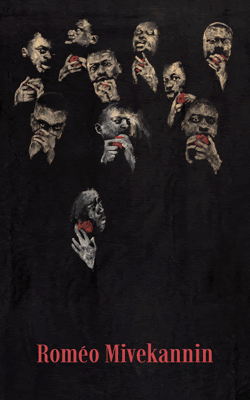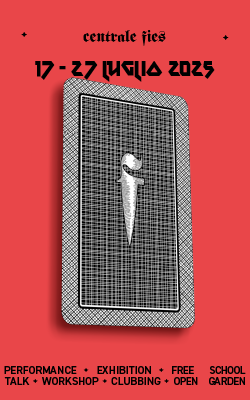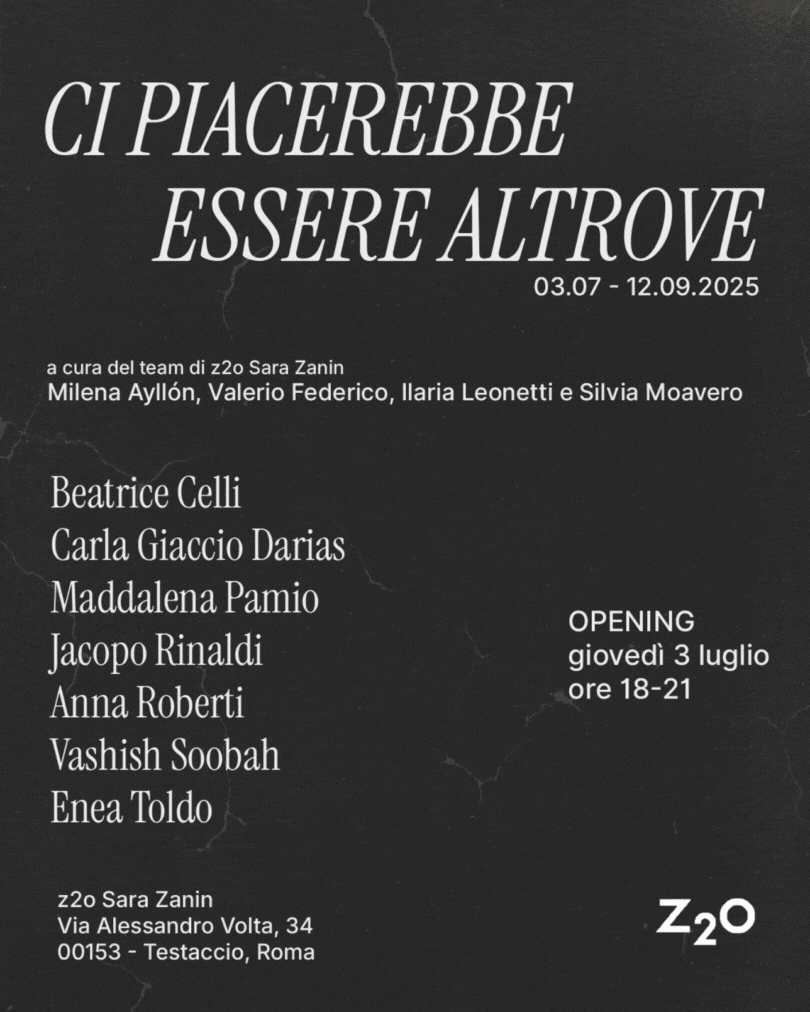[nemus_slider id=”57138″]
English text below
Ci trasportano nel tempo le tre artiste presentate a Studiolo e scelte da Maria Chiara Valacchi. Melike Kara, Talisa Lallai e Lindsay Lawson sono nate negli anni ’80, due in Germania, mentre la Lawson negli Stati Uniti. Molto diverse tra loro, in questa mostra sembrano collocare la loro ricerca in un preciso momento storico, che si evince per la tecnica e lo stile utilizzato. Melike Kara ha realizzato un grande dipinto sulla parete lunga della galleria, inscenando una gruppo di persone mentre interagiscono tra loro. Echi di pittura rupestre e arte naïf, si ripercuotono sia a livello formale che contenutistico. Queste sagole, a volte solo accennate e non finite, ci riportano a disegni primitivi, ancestrali, dove il ‘buon selvaggio’ aveva ancora un significato affascinante. Ora, questa piccola società felice sembra diventare un monito per ricordarci quanto le relazioni siano diventate per lo più distanti, superficiali e sedotte dalla logica degli ‘I Like’. Dalle ere primordiali di Kara, sbalziamo alle romantiche riproduzioni in serie di Talisa Lallai che presenta una serie di quattro scansioni da una guida floreale degli anni ’70. Alludendo a “Una rosa, è una rosa, è una rosa.”, scritta da Gertrude Stein nel 1913 nel suo poema “Sacred Emily”, riprende la ridondanza e il ritmo della nota citazione per evocare sì bellezza, ma anche la musicalità delle forme floreali, il loro ‘essere’ semplicemente ciò che sono. Dal ‘900 di Lallai – citato dal secondo decennio agli anni ’70 – facciamo un salto in un futuro ‘oscuro’ con l’opera di Lindsay Lawson. L’artista propone due opere, una scultura con simula un masso con impresse le natiche del suo gallerista, e una stampa digitale. E’ quest’ultima che ci fa fare uno sbalzo verso l’ “oltre”. Lawson realizza uno still life virtuale, dove forme ambigue vanno a comporre un micro paesaggio lunare, notturno. Illusorie presenze si fanno eco lasciandoci con l’incertezza di comprendere, e riconoscere, quelli che la curatrice ha chiamato “oggetti inattesi”.

Melike Kara | Talisa Lallai | Lindsay Lawson
Curated by Maria Chiara Valacchi
Until 03.09.2016
Studiolo presents the artists Melike Kara, Talisa Lallai and Lindsay Lawson‘s group-show, curated by Maria Chiara Valacchi. The artists, got together to ri-elaborate enigmatic shapes and to recover extra-ordinary subjects hidden to a hasty gaze, work for the first time on a shared project.
Melike Kara breaks the whiteness of the gallery with a huge acrylic and oil pastels site-specific wall painting, where long-limbs bodies appropriate of the two-dimensional surface thanks to the use of different joints in complex anatomical shapes. Mouths on undefined faces and filiform excrescences, similar to long tongues or snakes, join together as a carnal fil rouge, resulting in free and uninterrupted physiognomies forced into the perimeter identified by themselves and by the colour. The expressionist painting, made of quivering brush strokes and a primitive drawing by approximate nature, intentionally leaves the scene outstanding between an everlasting conflict between the manifest form and its dissolution, and the statement of a content and its free interpretation.
Talisa Lallai creates a corner with a more intimate atmosphere; “a rose is a rose”, taken from the poem Sacred Emily written by Gertrude Stein, is the incipit of the work and also the conceptual matrix on which the law regulating the identity of things, dear to the artist’s poetics, is based. Four scans of a 70’s floral guide take back the observer to a way of illustrating unaltered since then, only re- elaborated in its size and support layouts and chosen by the predominant colour of each image. The weave and colour flaws are traces of a given point in history when the re-production was strictly linked to the alchemical development process and are the starting point to bestow new values. The work shows the interest of the artist towards new processes of change which, in the last few years, have modified the way of making photography and the dichotomy between the creative moment and its reinterpretation.
The Linsday Lawson’s multiform stylistic practice explores the correlation between unknown and even unreal objects and the emotions they can arouse. ‘The Smiling Rock’, an agate geode which reveals in its section a smiling face, on sale on line at $ 1.000, 000, is for her a pretex to examine the connection between man and web and also a premise of a series of films and animations. For this show, Lawson creates two different works: a faux black meteorite, about a metre in diametre, made of polyurethane foam, showing on its surface two light circular depressions showing human features and a digital print extracted from some 3D models created for a recent video work leading back to a virtual nocturnal still-life scene. Lindsay Lawson structures an ephemeral world populated by unexpected objects and misleading affinities, linked to her personal life and to the recycling of various kind of materials.










